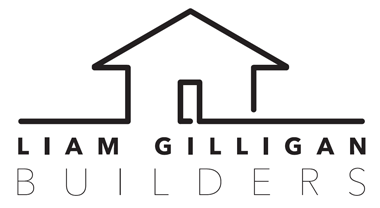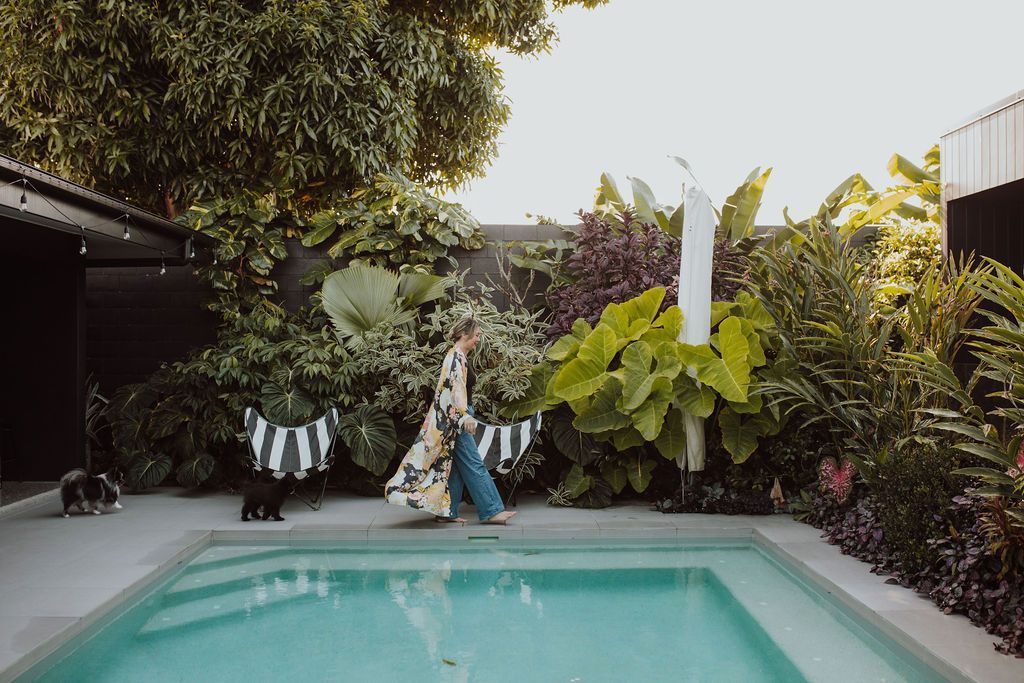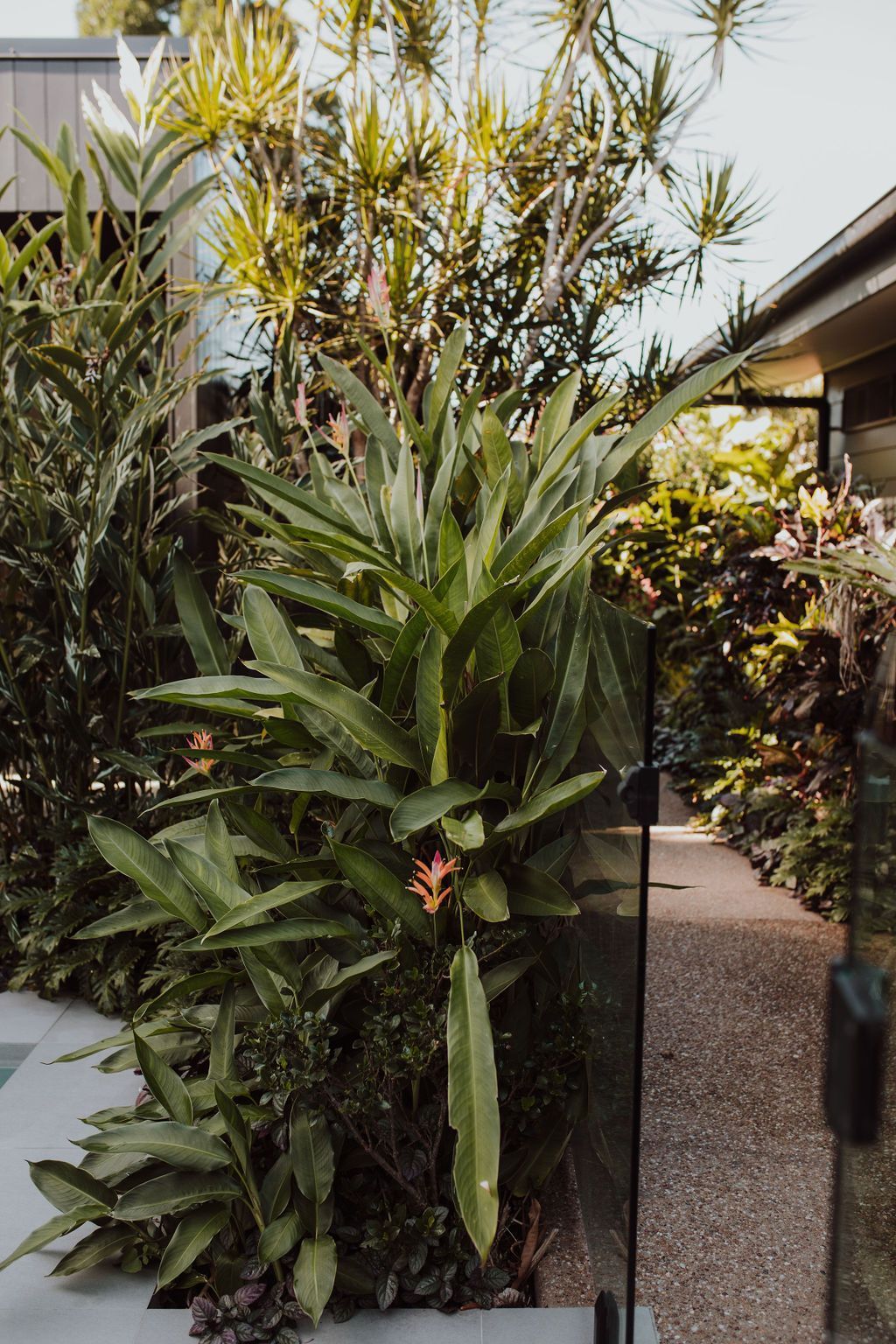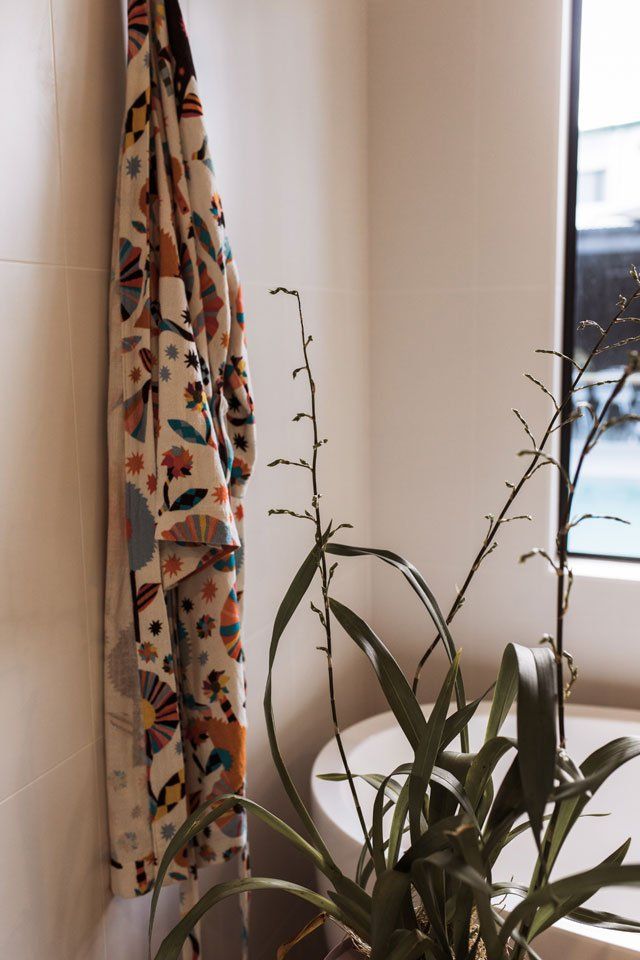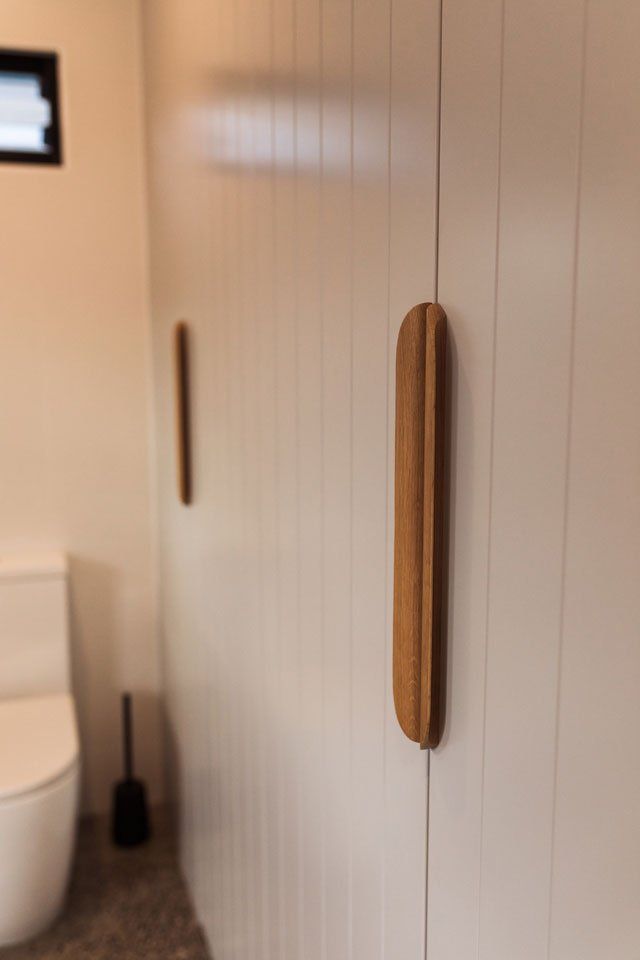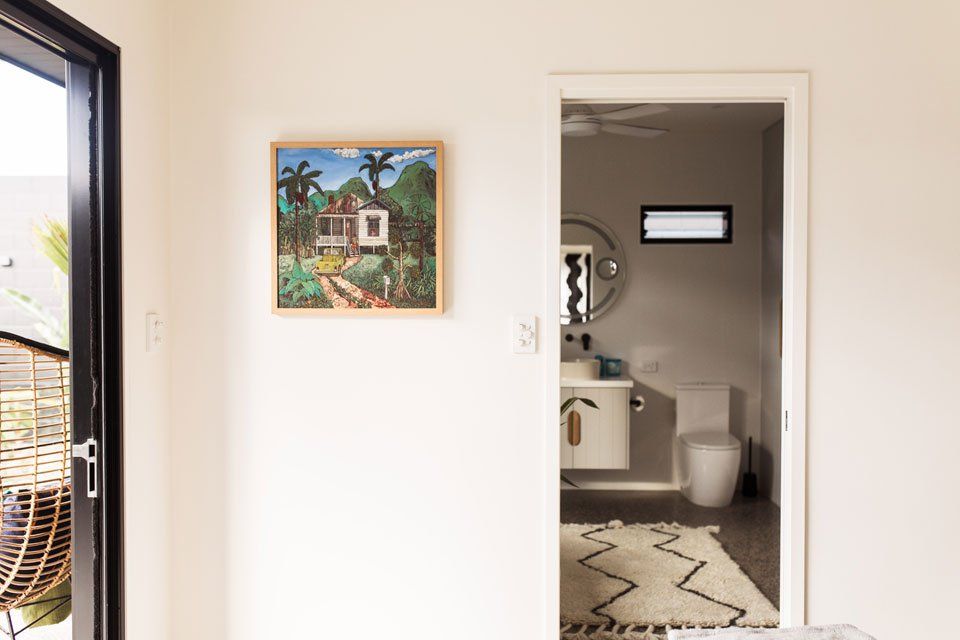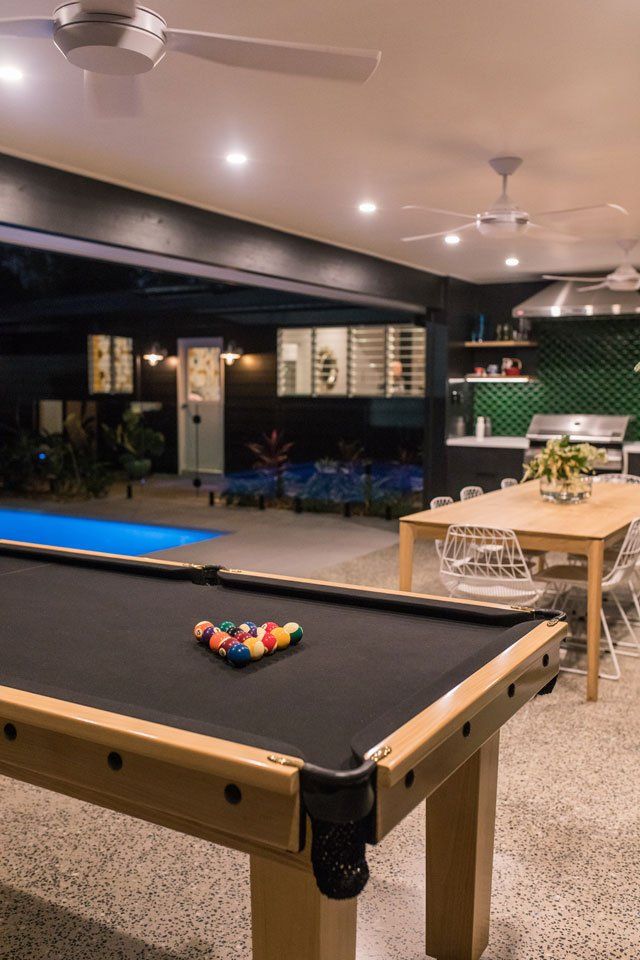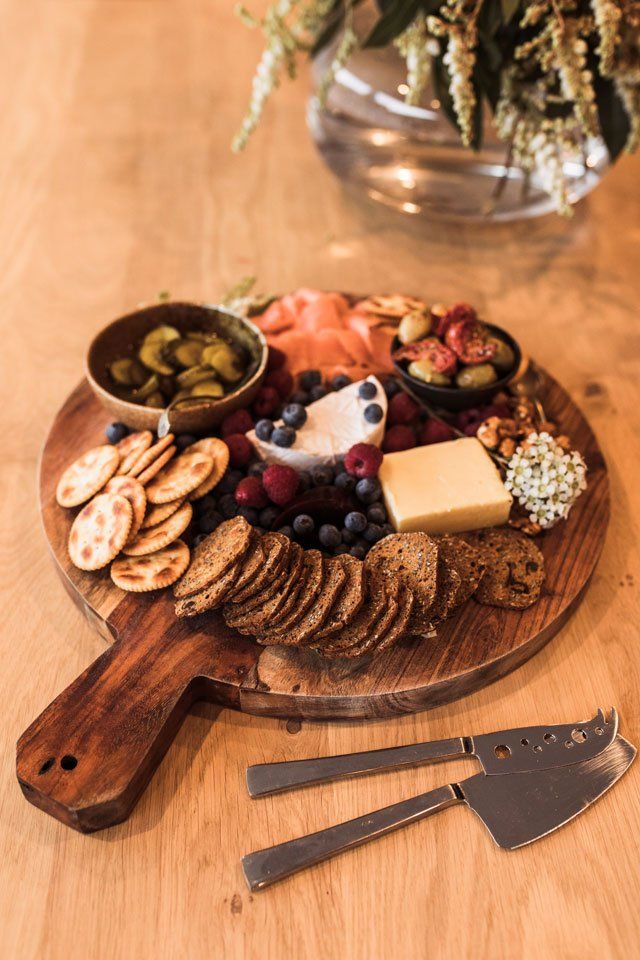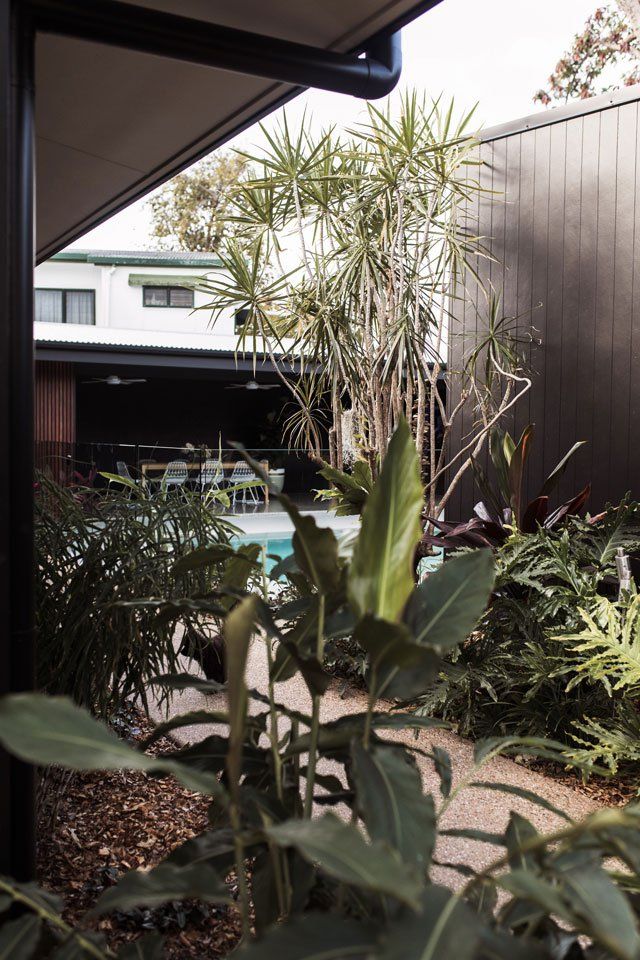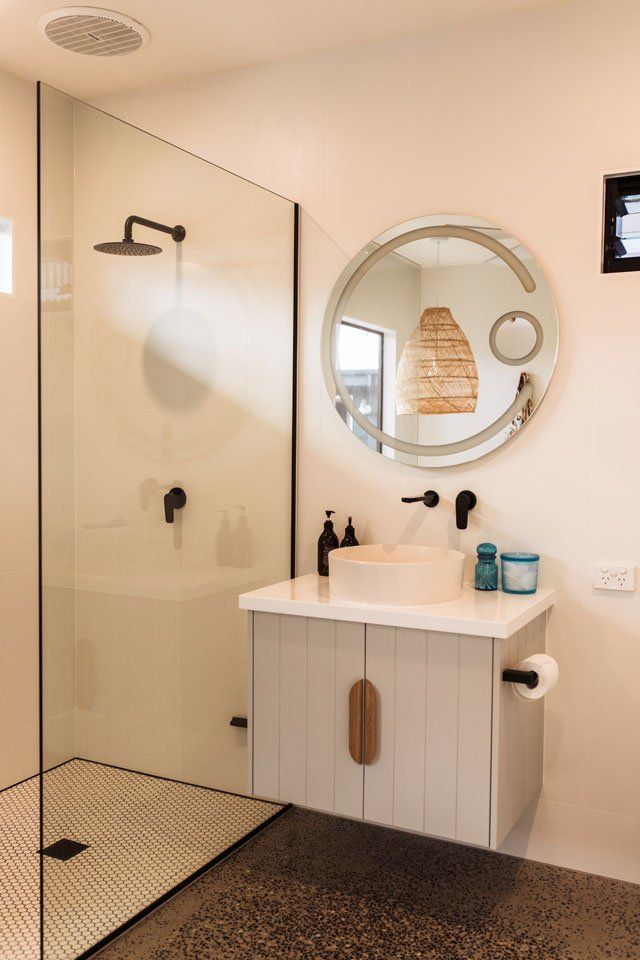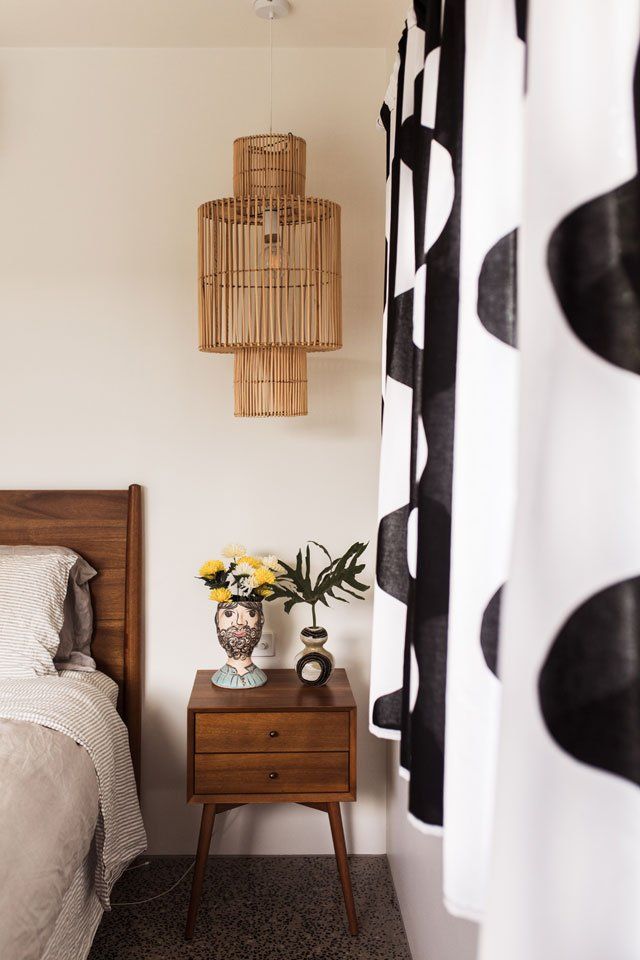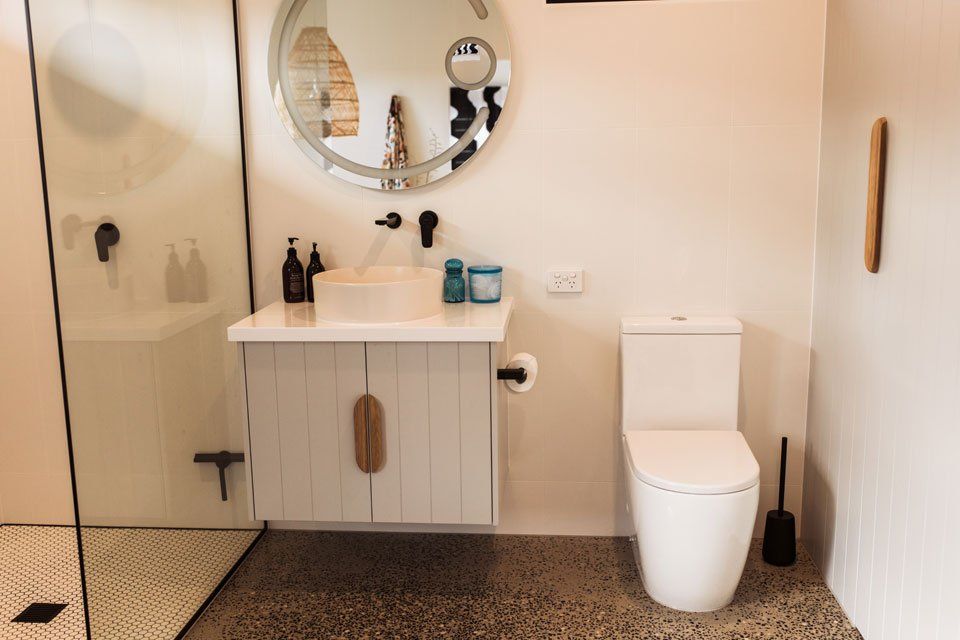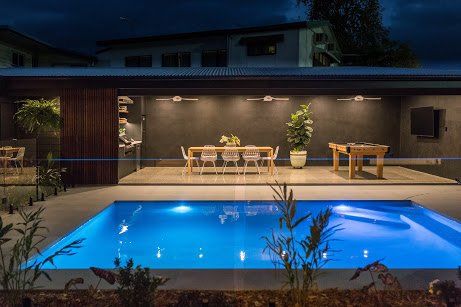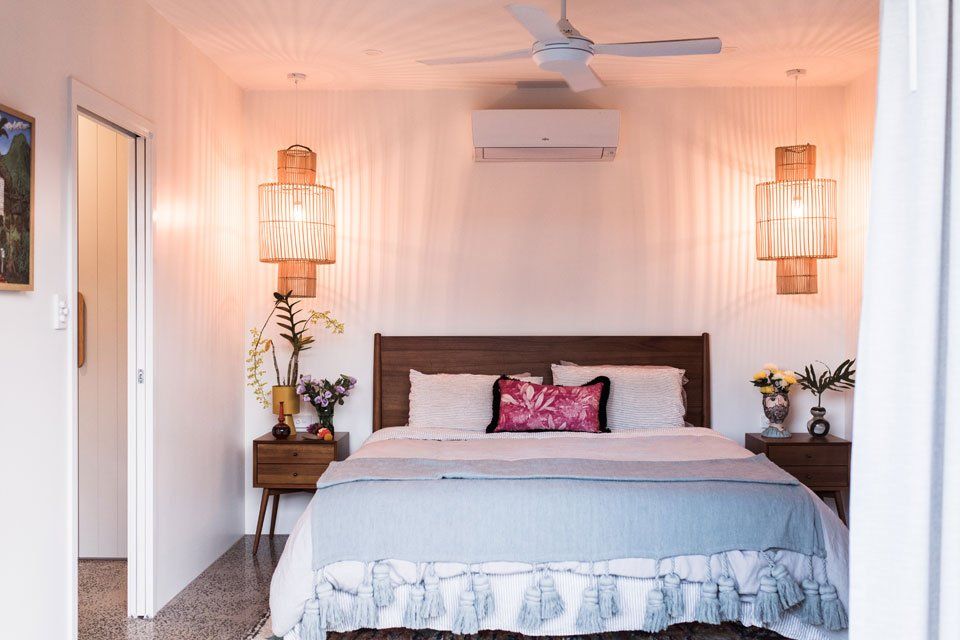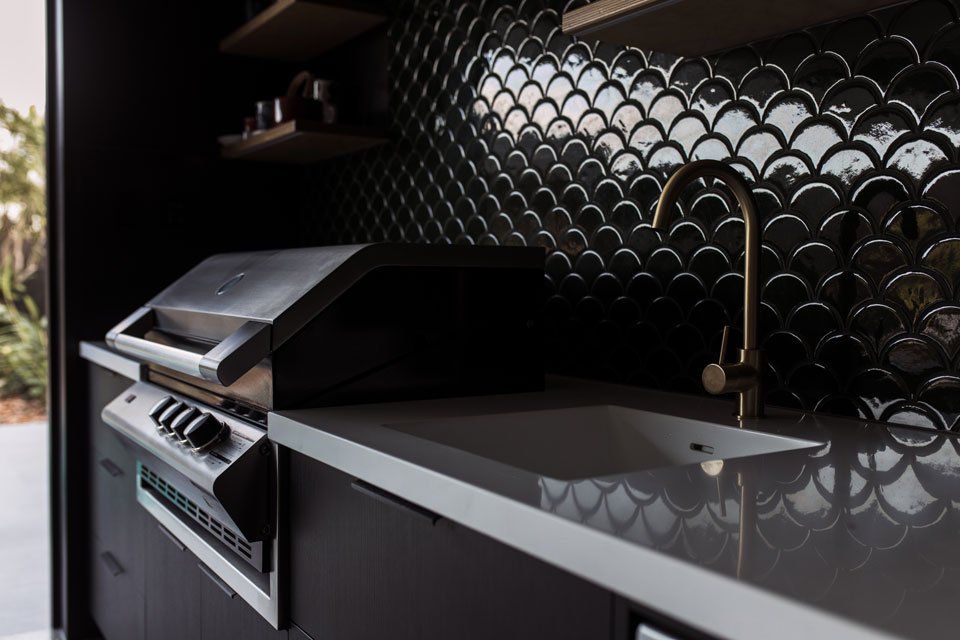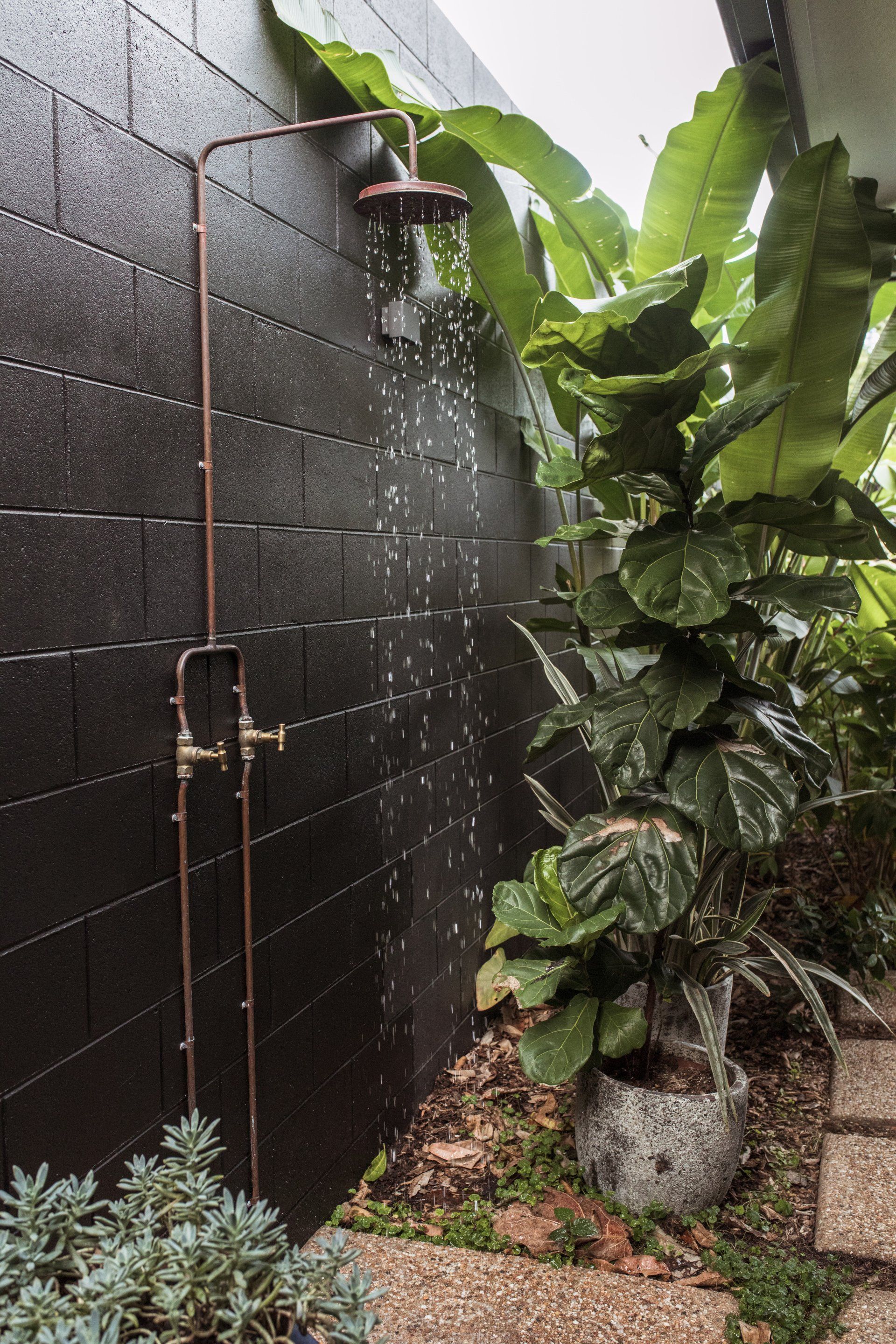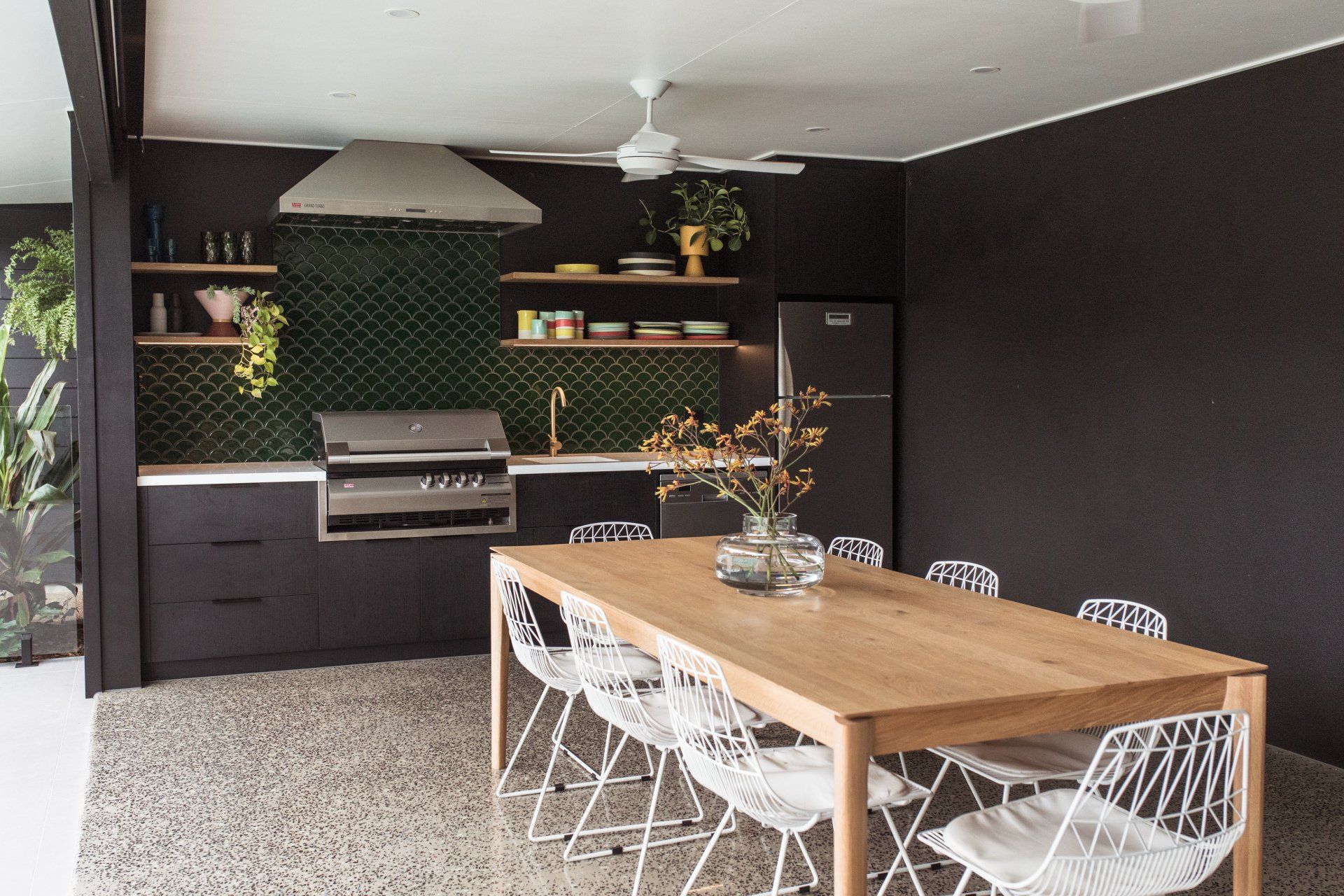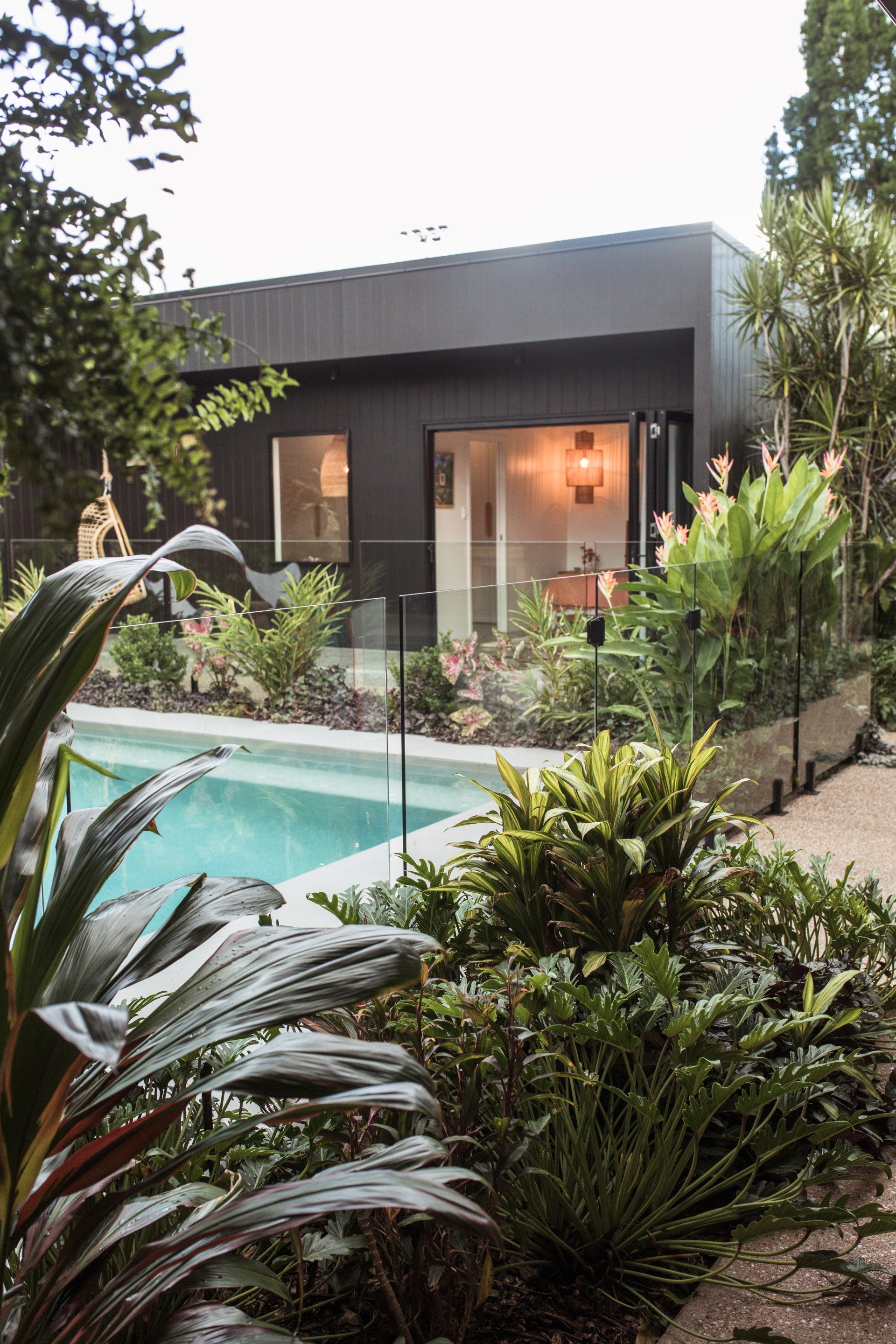Building For The Tropics
Passive Design Principles
Our team considers the tropical climate of FNQ by utilising passive design into projects including natural resources such as sunlight, wind, and thermal properties of materials to enhance comfort, reduce energy consumption, and minimise environmental impacts for our clients. However, while integrating passive design principles into our projects, we still consider all of our clients needs and preferences.
Passive Design Principles:
Orientation – Properly orienting a building relative to the sun's path can optimise natural light exposure and minimise heat gain throughout the year.
Shading – Utilising elements such as eaves, awnings, blinds/curtains and landscaping can control the amount of sunlight entering the building, reducing cooling needs in warm climates.
Ventilation – Designing spaces to facilitate airflow through cross-ventilation or stack effect, promoting cooling breezes and reducing reliance on air conditioning. Louvres, bi-fold and stacker sliding doors are great to maximise air flow.
Insulation - Installing effective insulation to minimize heat transfer through walls, floors, and roofs, improving energy efficiency by reducing cooling loads.
Solar Systems - Solar panels and solar water heating are effective in reducing carbon emissions and lowering energy bills.
Building For The Tropics
Tropical climates can significantly affect the performance of a building. The indoor thermal comfort and energy conservation of a building in tropical climate can depend on a buildings envelope.
That's why the use of passive design strategies and techniques are crucial. These strategies and techniques include building orientation, shading, natural ventilation, and etc.
